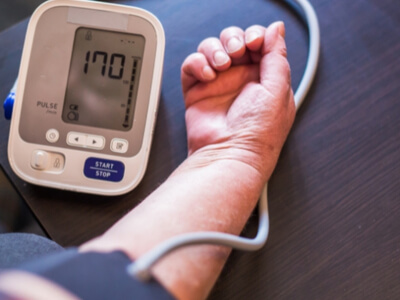
Approach To Therapy – Type 2 diabetes mellitus (T2DM) is a complex metabolic disorder with multiple pathophysiologic abnormalities. Inherited genes make the tissue of those who will eventually develop T2DM insulin resistant. The core defects of diabetes are both the pancreas’s beta-cell failure and the liver’s and muscles’ resistance to insulin. When concurrent, liver and muscle insulin resistance and beta cell failure are referred to as the triumvirate. Back in 2009, Dr. DeFronzo proposed a target-specific approach treatment in patients with type 2 diabetes known as the “ominous octet.”1 The proposed eight targets for treatment included beta and alpha cells in the pancreas, gastrointestinal tract, adipose tissue, muscle cells, liver, brain, and kidneys. In 2016, Dr. Schwartz and his colleagues published a new paradigm (coined the “egregious eleven”) which built upon the ominous octet.2
These 11 factors include:
Genetics: Beta cells with certain DNA variations can self- destruct or cease to function.
Insulin resistance in the liver: Liver cells that don’t listen to insulin may dump more glucose than usual into the blood.
Insulin resistance in muscles: Muscle cells that don’t obey insulin’s commands contribute to rising blood sugar. Obesity and a lack of exercise further contribute to muscle insulin resistance.
Insulin resistance in fat cells: Fat cell insulin resistance dumps more fat into the bloodstream, which encourages greater insulin resistance in muscle cells and higher blood sugar.
Changes in the “incretin effect”: Normally, the act of eating and digesting food stimulates insulin release. This effect is muted in some people with diabetes.
Faulty alpha cells: Alpha cells balance blood-sugar levels by releasing glucagon. But too much glucagon can boost sugar too high.
Gut bugs gone wild: Beneficial bacteria housed in the intestines help control blood sugar – in part by encouraging the release of glucose-controlling hormones. Those with specific bacteria may be at higher risk for diabetes.
Immune-system troubles: Autoimmune reactions can destroy beta cells. Immune-system problems can also cause beta-cell harming inflammation.
Digestive dysfunction: For some with diabetes, blood sugar levels rise extra-fast after eating because the stomach empties too quickly.
A hungry brain: Shifts in hormone levels that control appetite can lead to overeating, higher blood sugar and increased insulin resistance.
Kidney problems: As they filter wastes and sugar out of the blood, your kidneys can increase re-absorption of sugar back into the bloodstream.
The pathophysiological defects can be corrected with different combinations of medications. Today, the drugs we use to treat diabetes not only decrease HbA1c (3-month blood glucose average) levels but also decrease weight and blood pressure.3
Physicians tend to favor drugs that cause less hypoglycemia (low blood sugar) and weight gain. Hypoglycemia can be harmful for diabetics. Studies have shown it can increase risk of mortality and cardiovascular disease.4 5 The more aggressive we are at the time of diagnosis, the better the odds of preventing further beta-cell dysfunction and needing to start insulin down the road.
References
1 R. A. DeFronzo, “From the Triumvirate to the Ominous Octet: A New Paradigm for the Treatment of Type 2 Diabetes Mellitus,” Diabetes, vol. 58, no. 4, p. 773-795, 2009.
2 S. S. Schwartz, S. Epstein, B. E. Corkey, S. F. A. Grant, J. R. Gavin III and R. B. Aguilar, “The Time is Right for a New Classification System for Diabetes: Rationale and Implications of B-Cell-Centric Classification Schema,” Diabetes Care 2016; 39:179-86.
3 E. Gourgari, E. E. Wilhelm, H. Hassanzadeh, V. R. Aroda and I. Shoulson, “A comprehensive review of the FDA- approved labels of diabetes drugs: Indications, safety, and emerging cardiovascular safety data,” Journal of Diabetes and Its Complications, vol. 31, no. 12, p. 1719-1727, 2017.
4 P. E. Cryer, “Severe Hypoglycemia Predicts Mortality in Diabetes,” Diabetes Care, vol. 35, no. 9, pp. 1814-1816, 2012.
5 N. Lalic, “The Case for: Hypoglycemia Is of Cardiovascular Importance,” Diabetes Care, vol. 36, 2013.
